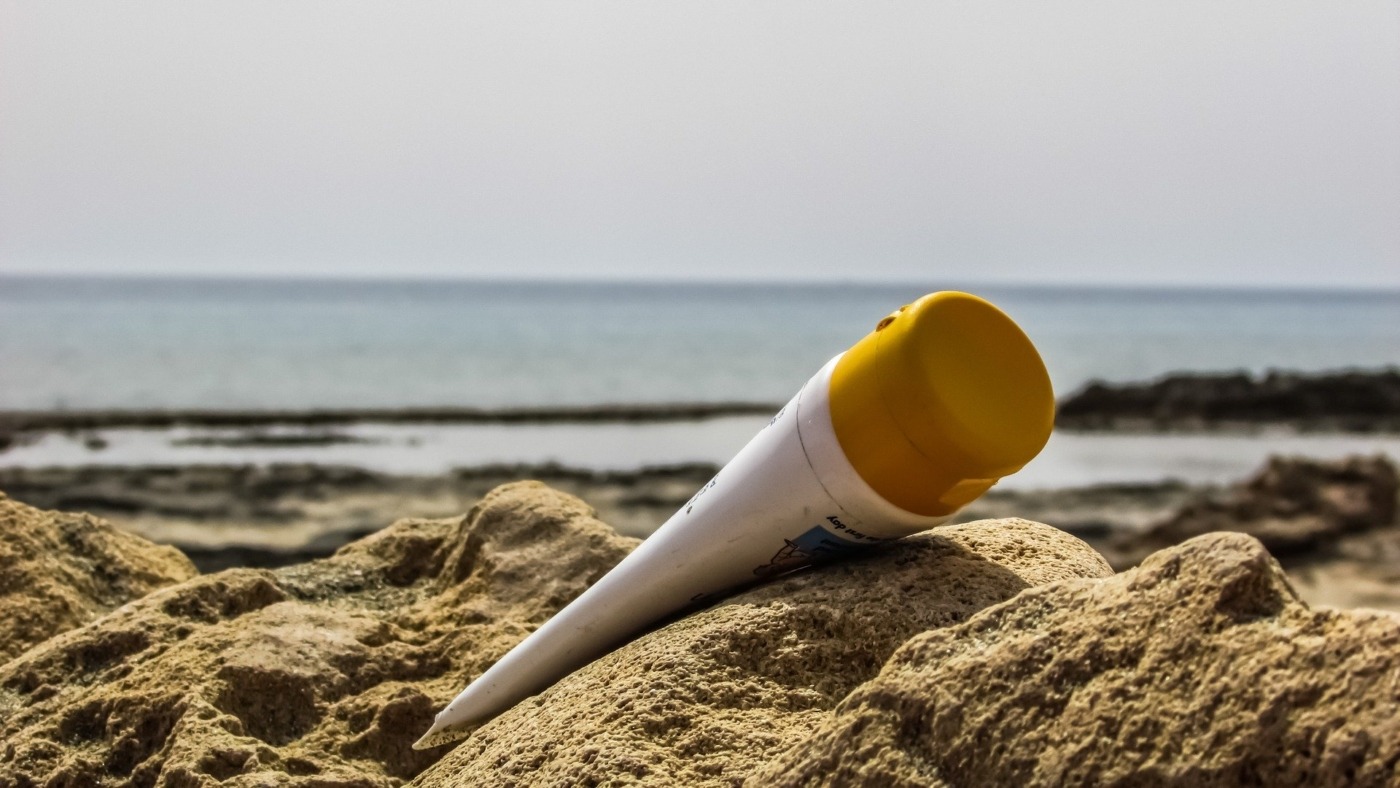‘Flamenco dancing’ molecule could lead to better sunscreen
A molecule that protects plants from overexposure to harmful sunlight could form the basis for a new longer-lasting sunscreen, academics from the University of Warwick have found. The team of chemists, in collaboration with colleagues from Spain and France, discovered that the molecule in question was able to dispose ultraviolet light using a superfast (100 billion twists a second) twist similar to the hand movements of flamenco dancers.
The scientists tested diethyl sinapate, a close structural mimic to a molecule commonly found in the leaves of plants, which is responsible for protection from overexposure to UV light while they absorb visible light for photosynthesis. Initially, the researchers exposed the molecule to a number of different solvents in order to determine whether there was any impact on its light absorbing behaviour. They then deposited a sample of the molecule on an industry standard human skin mimic, where it was irradiated with various wavelengths of UV light. Using laser facilities within the Warwick Centre for Ultrafast Spectroscopy, the team took images of the molecule at extremely high speeds, to observe what happened to the light’s energy when it was absorbed in the molecule in the very early stages.
The molecule in question was able to dispose ultraviolet light using a superfast (100 billion twists a second) twist similar to the hand movements of flamenco dancers
Professor Vasilios, from the University of Warwick’s Department of Chemistry, commented: “A really good sunscreen absorbs light and converts it to harmless heat. A bad sunscreen is one that absorbed light and then, for example, breaks down potentially inducing other chemistry that you don’t want. Diethyl sinapate generates lots of heat, and that’s really crucial.”
When irradiated, diethyl sinapate absorbs light and goes into an excited state. However, this energy then has to be disposed of. Writing in the journal Nature Communications, the team documented how it does a kind of molecular ‘dance’, lasting a mere 10 picoseconds. Essentially, this is a twist in a similar fashion to the filligranas and floreos hand movements of flamenco dancers. This ultimately causes the molecule to revert to its original ground state and convert that energy into vibrational energy.
When irradiated, diethyl sinapate absorbs light and goes into an excited state. However, this energy then has to be disposed of
This ‘flamenco dance’ gives the molecule its long-lasting qualities. In addition, when the molecule was bombarded with UVA light it degraded only 3% over two hours, compared to the industry requirement of 30%.
Dr Michael Horbury, who was a Postgraduate Research Fellow at Warwick when he undertook this research, said: “We have shown that by studying the molecular dance on such a short time-scale, the information that you gain can have tremendous repercussions on how you design future sunscreens.”
In addition, when the molecule was bombarded with UVA light it degraded only 3% over two hours, compared to the industry requirement of 30%
Discussing future research, Emily Holt, a Warwick PhD student who was also part of the team, added: “The next step would be to test it on human skin, then to mix it with other ingredients that you find in a sunscreen to see how those affect its characteristics.”

Comments